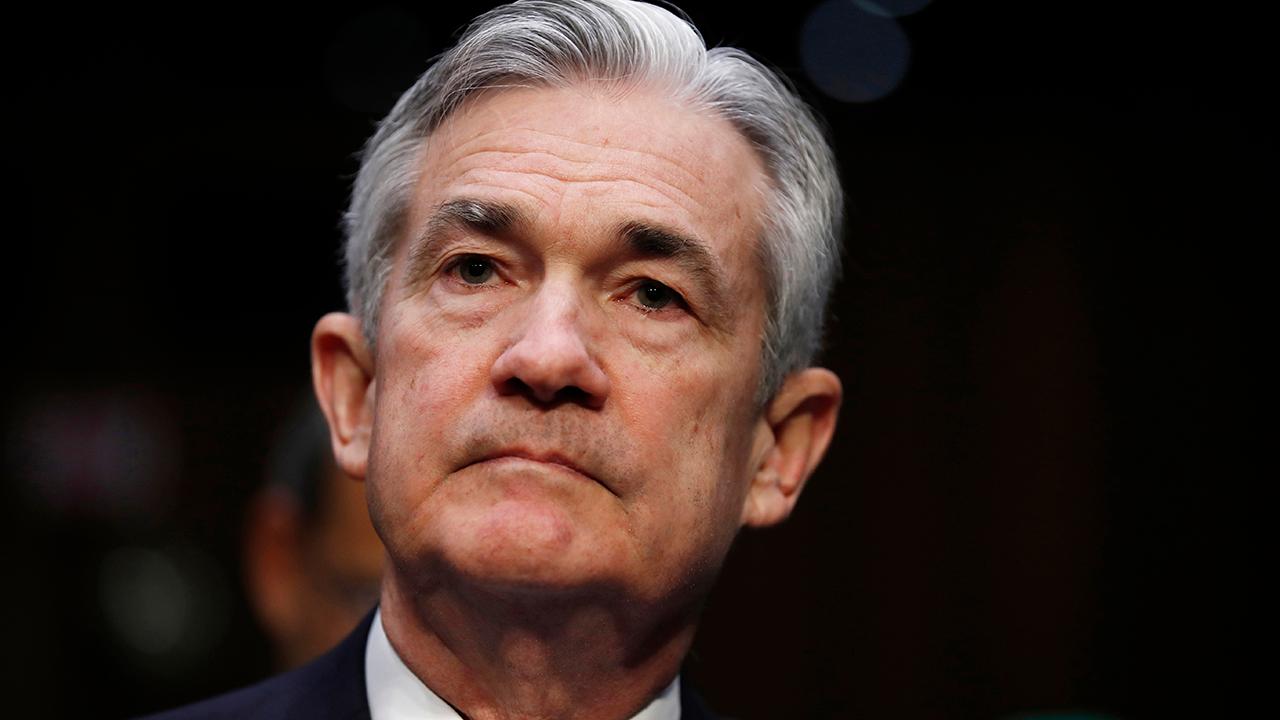Number of $100 bills circulating the globe skyrocketing, this could be why
The number of $100 bills circulating the globe has increased substantially throughout recent years, which could have some negative implications about rates of criminal activity.
There are more $100 bills – also known as C-notes – in circulation than $1 bills, according to data from the Federal Reserve, which found there are more $100s than any other denomination of U.S. currency. The number of outstanding bills featuring a picture of Benjamin Franklin has about doubled since the start of the recession.
To demonstrate how rapidly its numbers have grown, just 20 years ago there were about double the number of $1 bills in circulation than C-notes.
According to Nicholas Colas, co-founder of market research firm DataTrek Research, there are about $1.3 trillion worth of $100 bills currently in circulation. Some of this can be attributed to population growth and inflation, which has caused amounts of every denomination of U.S. currency to rise. However, Colas said, the $100 bill is a “different animal” than most other forms of currency.
In 2018, the Federal Reserve Bank of Chicago illustrated a correlation between low interest rates and high currency demand, though it also noted outside factors could help explain swelling demand.
The bank estimates that 80 percent of all $100 bills last year were actually in circulation in foreign countries. It explained that residents in other countries, particularly those with unstable financial systems, often use the notes as a safe haven.
And while the U.S. dollar might be the reserve currency of the world – the real world application for 7 billion people around the globe is the $100 bill.
“The $100 bill is basically that American flag waving in local economies around the world, for better or worse … Yes it’s misused but there’s also a lot of benefits to the American economy,” Colas said.
The $100 bill is universally accepted. Its high value also makes it easy to transport large sums of money.
For that reason, it is also a favorite unit of currency for criminal activity, like drug trafficking and fraud.
One Harvard University fellow and former bank executive actually proposed eliminating the currency denomination in recent years.
“By eliminating high denomination, high value notes we would make life harder for those pursuing tax evasion, financial crime, terrorist finance and corruption,” Peter Sands wrote in a research paper.
The Treasury Department, however, told The Wall Street Journal at the time that it was not planning to eliminate the bill.
Plus, not everyone stashing away $100 bills has nefarious intentions. Some people are simply seeking to store an asset that has value but is not tied to their central bank, Colas pointed out, which could allow them, for example, to have wealth necessary to flee their country in case of an emergency.
CLICK HERE TO GET THE FOX BUSINESS APP
Colas also noted that some of the surge in $100 bills came after the U.S. invasions of Iraq and Afghanistan – which destabilized both countries’ economies. As a result, he said, the U.S. sent “pallets and pallets and pallets” of $100 bills to re-energize those economies.
When it comes to Americans, however, Colas said there is not much evidence that individuals in the U.S. are stashing away more C-notes.




















